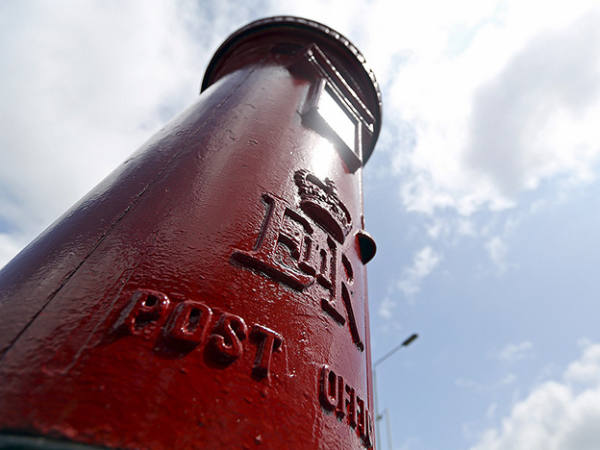This year could bring mixed blessings for the non-life insurers, following a period in which they benefited from capital releases from claims reserves following lower-than-expected claim levels amid the pandemic. The reason for caution is that, unlike life insurers, the non-life sector has greater exposure to the effect of inflation on its premiums, mainly because the sector’s ability to raise prices is constrained by fierce competition. On top of this, there is still no accounting for the weather, or indeed Russia’s next move.
In the motor and home insurance segment, Admiral (ADM) and Direct Line (DLG) will continue their tussle for customers. Both companies are likely to see less new business written this year as the effect of regulatory changes means customers who stick with one insurer will not be penalised by higher charges – so-called ‘price walking’ has now been banned by the Competition and Markets Authority. The response by customers seems to be to stick with the existing insurer, rather than to change, which improves earnings visibility for the year ahead, but also reduces the income yield from those customers who have never changed their insurer and were seemingly happy to pay ever-higher fees. So far, both companies have stayed tight-lipped about the overall impact of the changes, but the market consensus is that Admiral’s broader business model – it also has a presence in areas such as personal lending – leaves it better able to cope.
On the specialist lines side of the industry, the likes of Beazley (BEZ) have seen improved gross premiums as rising premiums for cyber-attack insurance help put the business back on a growth footing. The ratings agencies have generally been downbeat this year on the likelihood of extreme weather events leading to higher claims levels, but, for now at least, rates have continued to rise – the premiums on some of Beazley’s Lloyd’s market syndicates have increased by an average of 14 per cent over the past 12 months – and the insurer had its ‘A’, or excellent, rating confirmed by ratings agency AM Best.
Fundamentally, the rising tide of rates on the Lloyd’s market is key to investors' thinking when it comes to assessing how the specialist insurers and reinsurers will perform. Consensus estimates currently put the Lloyd’s market’s 2022 growth rate at 15 per cent, albeit that was prior to the outbreak of the Russo-Ukrainian war. The impact of the war on insurers has been quantified to some extent. Ratings agency S&P Global says that insurable losses relating to the conflict could be between $16bn and $35bn (£12bn-£27bn) for specialist insurers, although it emphasised that these were not material for any one company.
| NAME | Price (p) | Market cap (£mn) | 12-month (%) | Fwd PE | Yield (%) | Last IC View |
| Admiral Group | 2,534 | 7,599 | -21.0% | 17 | 7.1 | Buy, 2,739p, 3 Mar 2022 |
| Beazley | 414 | 2,525 | 25.0% | 9 | 3.2 | Buy, 501p, 10 Feb 2022 |
| Direct Line Insurance Group | 262 | 3,463 | -12.0% | 10 | 8.9 | Hold, 265p, 8 Mar 2022 |
| Hiscox Ltd | 933 | 3,234 | 12.0% | 15 | 3.0 | Hold, 946p, 2 Mar 2022 |
| Lancashire Limited | 393 | 960 | -40.0% | 7 | 3.3 | Buy, 545p, 11 Feb 2022 |
| Source: FactSet |







